TLDR
On average, replacing a sewer line takes 1 to 3 days. The exact timeline depends on the method used, pipe length, soil conditions, permits, and whether the work is an emergency or planned. Complex projects in Louisiana may take a week or longer.
What Sewer Line Replacement Involves
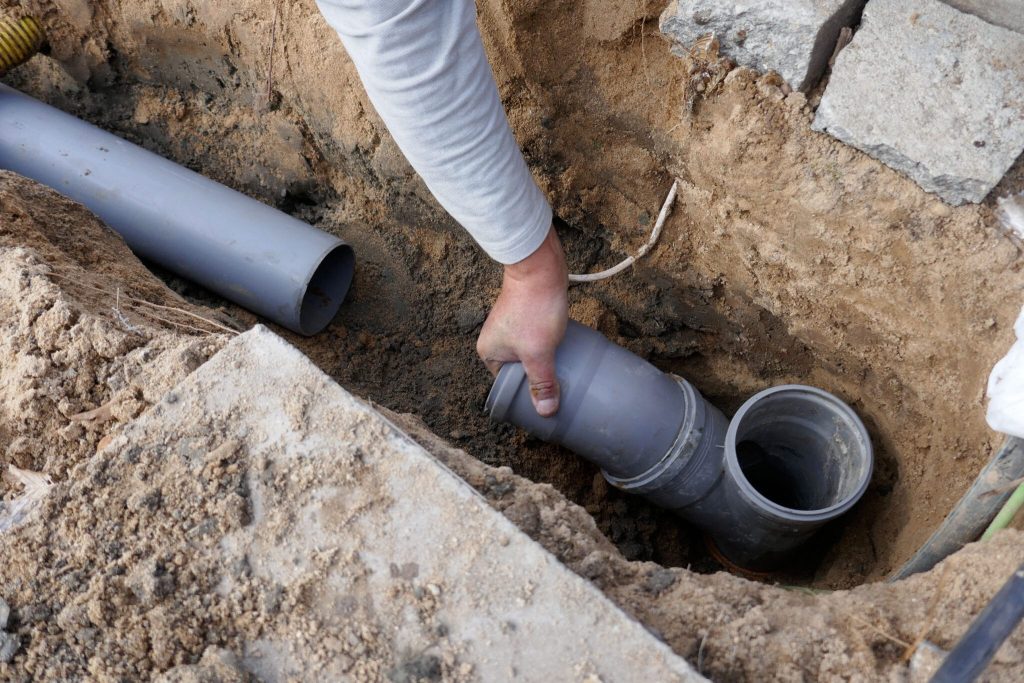
Sewer line replacement is more than digging and swapping out a pipe. The process involves:
- Inspection with a sewer camera to confirm damage
- Applying for permits from the local authority
- Marking underground utilities to avoid hazards
- Excavation or trenchless access setup
- Removing the damaged pipe
- Installing the new sewer line
- Inspection from the city or parish in Louisiana
- Backfilling and restoring the yard or driveway
Many guides skip over permits and inspections. In Louisiana, these steps are mandatory and add time. Sewer Solutions handles this process to keep projects moving without unnecessary delays.
Average Timeline for Sewer Line Replacement
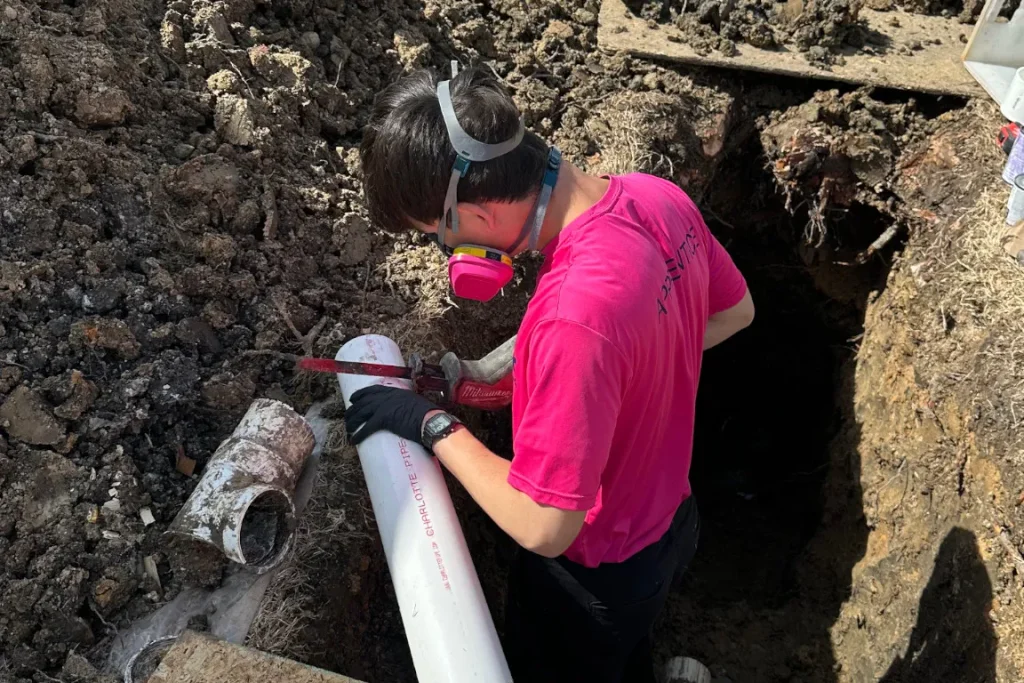
One-Day Jobs
Some replacements are finished in a single day. This is common with:
- Trenchless pipe bursting or lining
- Short sections of pipe
- No major obstacles like driveways or heavy landscaping
Two to Three Days
Most residential sewer replacements fall into this range. Factors include:
- Average pipe length of 40 to 60 feet
- Moderate digging with equipment
- At least one inspection from city officials
A Week or Longer
Projects may extend past a week when:
- The property is large or commercial
- Soil is unstable or groundwater is high
- Weather delays progress
- Utilities or tree roots block access
In Louisiana, heavy rain and flooding often extend sewer work beyond the usual timeline.
Factors That Affect How Long Sewer Line Replacement Takes
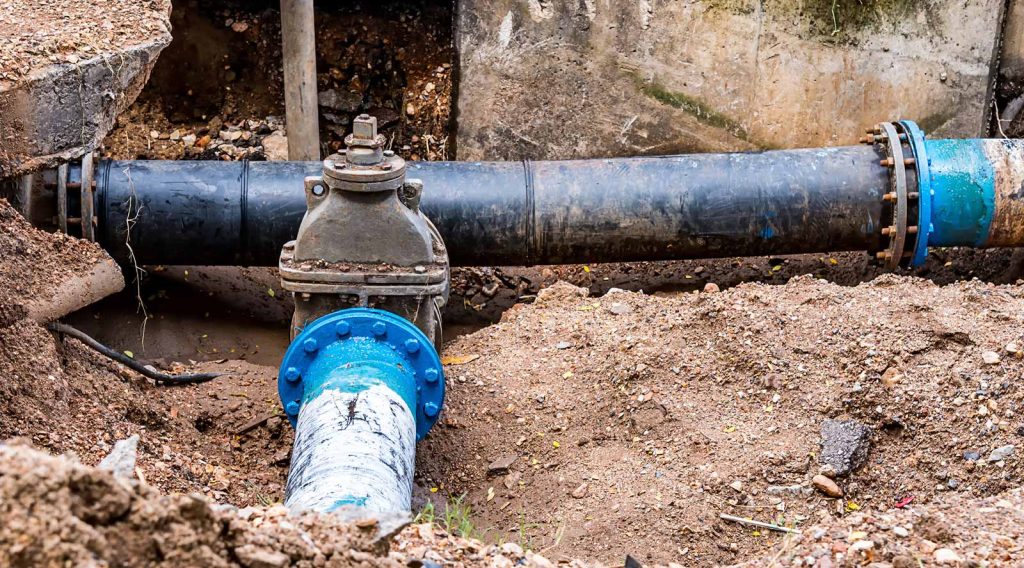
Length and Depth of the Sewer Line
Longer and deeper pipes take more time to replace. Shallow lines are faster because less excavation is required.
Trenchless vs Traditional Digging
Trenchless methods such as pipe bursting or lining usually save days compared to open trench work. Traditional digging is slower but sometimes necessary when pipes are collapsed.
Permits and City Inspections in Louisiana
Permits are required before starting work. Inspections are scheduled at multiple stages, often at installation and before backfilling. These steps ensure compliance but extend the timeline.
Soil Type and Groundwater Issues
In Louisiana, clay-heavy soil and high water tables complicate excavation. Groundwater pumping may be needed, which adds time.
Accessibility of the Sewer Line
Pipes under driveways, patios, or landscaped yards are harder to reach. Extra labor and restoration extend the replacement time.
Sewer Line Replacement vs Repair – Which Is Faster?
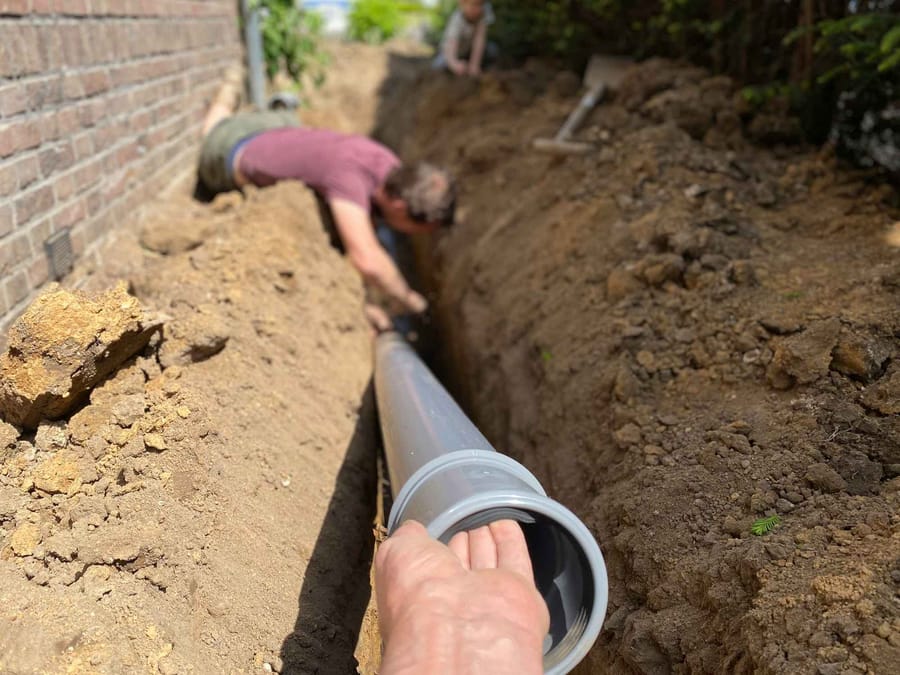
Sewer repair is usually faster. A small repair takes hours or a single day. Replacement requires days.
Pipe lining or trenchless repairs are often chosen when pipes are structurally sound but leaking. Full replacement is required when pipes are collapsed, deteriorated, or made of outdated materials such as Orangeburg or clay.
Costs and Time Together – What Homeowners Should Expect
Below is a general comparison of time and cost:
Method | Time Range | Cost Range (Louisiana) |
Spot Repair | 2–8 hours | $1,000 – $3,000 |
Trenchless Replacement | 1–2 days | $4,000 – $12,000 |
Traditional Digging | 2–5 days | $5,000 – $15,000+ |
Complex Projects | 1 week or longer | $15,000 – $25,000+ |
Sewer Solutions provides detailed estimates after inspection so you know both time and cost upfront.
How to Speed Up Sewer Line Replacement
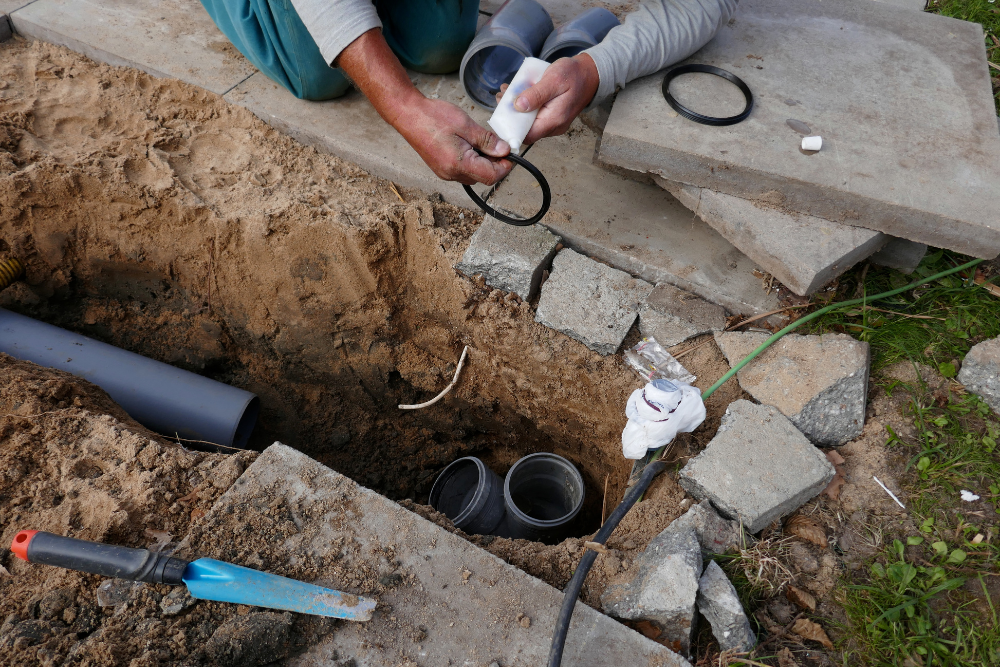
- Schedule a camera inspection early
- Apply for permits in advance
- Choose trenchless technology when possible
- Clear vehicles, furniture, or landscaping from the work area
- Mark private utilities like sprinklers or electrical lines
Preparation helps contractors work efficiently and reduces surprises that slow projects down.
Sewer Line Replacement in Louisiana – Local Considerations
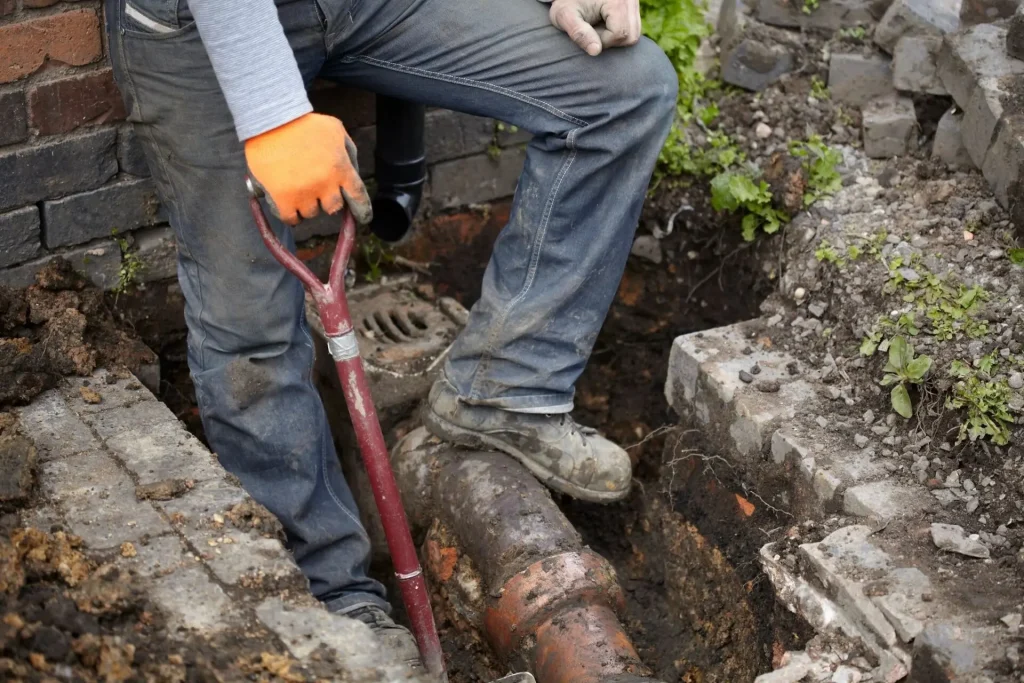
- Permits: Louisiana cities like Baton Rouge and New Orleans require permits before work begins. Approval can take a few days.
- Soil and Water: High water tables in many Louisiana neighborhoods make excavation more difficult. Clay-heavy soil slows digging.
- Weather: Heavy rain, hurricanes, and flooding regularly delay sewer projects.
- Local Codes: Specific material standards and inspection checkpoints are required to pass city codes.
Sewer Solutions is familiar with these local challenges and plans projects accordingly.
FAQs About Sewer Line Replacement Time
How long does it take to replace a sewer line in Louisiana?
Most replacements take 1 to 3 days. Weather, soil, and inspections can extend the timeline.
Can a sewer line be replaced in one day?
Yes, if trenchless technology is used and the section of pipe is short.
Does insurance cover time and cost of sewer replacement?
Some policies cover damage caused by sudden pipe breaks. Many exclude normal wear and tear. Always check with your insurance provider.
Is trenchless replacement faster?
Yes, trenchless methods are often completed in one day. Traditional digging requires multiple days.
Sewer Line Replacement Expectations
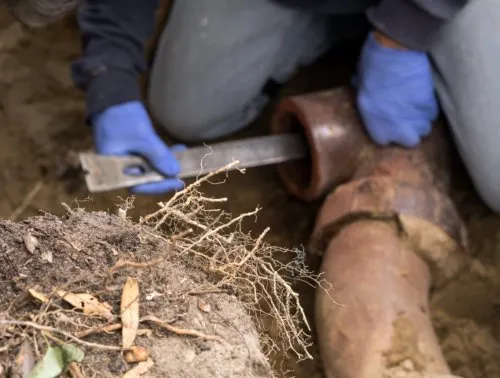
Replacing a sewer line usually takes 1 to 3 days, with more complex projects lasting a week or longer. Trenchless options reduce time and yard damage. Costs vary, but preparation and planning help keep projects on schedule.
Sewer Solutions provides homeowners in Louisiana with fast, compliant, and reliable sewer replacement. If you need help with a failing sewer line, schedule an inspection today.